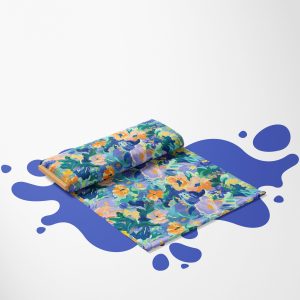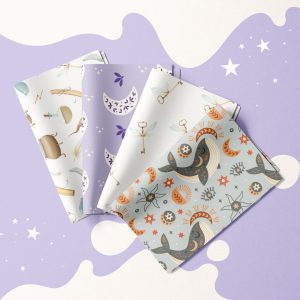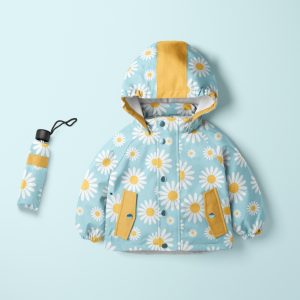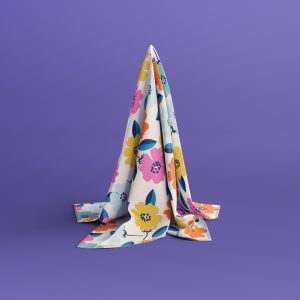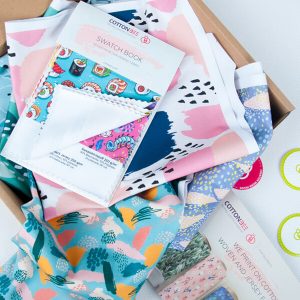In the future of fabric printing, significant growth can be expected. Data from the newest report, The Future of Digital Textile Printing to 2023, shows the estimated growth of market value to reach 4.9 billion euro in 2023. Even though digital textile printing still remains on 5% share in global production of printed fabrics, according to Smithers Pira it leaves a significant share of the market that can still be targeted. It is believed that within the next 10 to 15 years this number will grow from 5% to 50%.
Table of Contents
- Haute couture and fabric printing
- Advertising and fabric printing
- Fabric printing in the textile industry
- Out of concern for the environment
- Quick fulfilment time
Digital fabric printing is divided into categories based on the type of dye used. In pigment printing, Japanese water-based inks are being used. Pigment printing allows for using any substrate, i.e. cotton, viscose, silk, wool and fabric blends. Reactive or acid dye printing uses chemical dyes, that are absorbed into the fabric. This method allows for printing on cellulose fibres, silk and even wool. In dye-sublimation inks go from solid-state to gaseous stane (bypassing the liquid state) and bond with synthetic fibres of the material during the heating phase.
See also: Fabric printing methods – which printing technology to choose?
Haute couture and fabric printing
Among all fabric printing methods, digital fabric printing still remains the most expensive method, provided that we’re not taking into consideration short runs in printing. Although it has indisputable advantages, e. g. the fastest turnarounds possible in the entire textile printing industry or low entry costs, still when taking into account bigger orders it is far from being the most cost-effective method of printing. The goal for the upcoming years is to find such sector of the market, where the higher cost of printing can easily be justified. Haute couture (fr. high sewing) or exclusive custom made clothing is one of the biggest sectors that benefit from digital printing. Clothing, swimwear and sportswear are also among the biggest application sector for digital fabric printing. These four sectors accounted for ¾ of value in the market in 2018 reaching 2,13 billion euro. According to the Smithers Pira, this position will be maintained through to 2023.

Though digital fabric printing is not only haute couture and global fashion brands. More and more of small to medium-size companies are showing interest in fabric printing, as it allows to create a unique product for the customer.
Advertising and fabric printing
The report assumes a significant expansion in textile printing for home decor applications and even soft banners for outdoor use. With the growing accessibility of UV-resistant inks, it is possible to create banners and flags. Prints will have all the qualities such as great tonal gradation and vast colour range with the added benefit of being fadeproof even in the full sunlight.
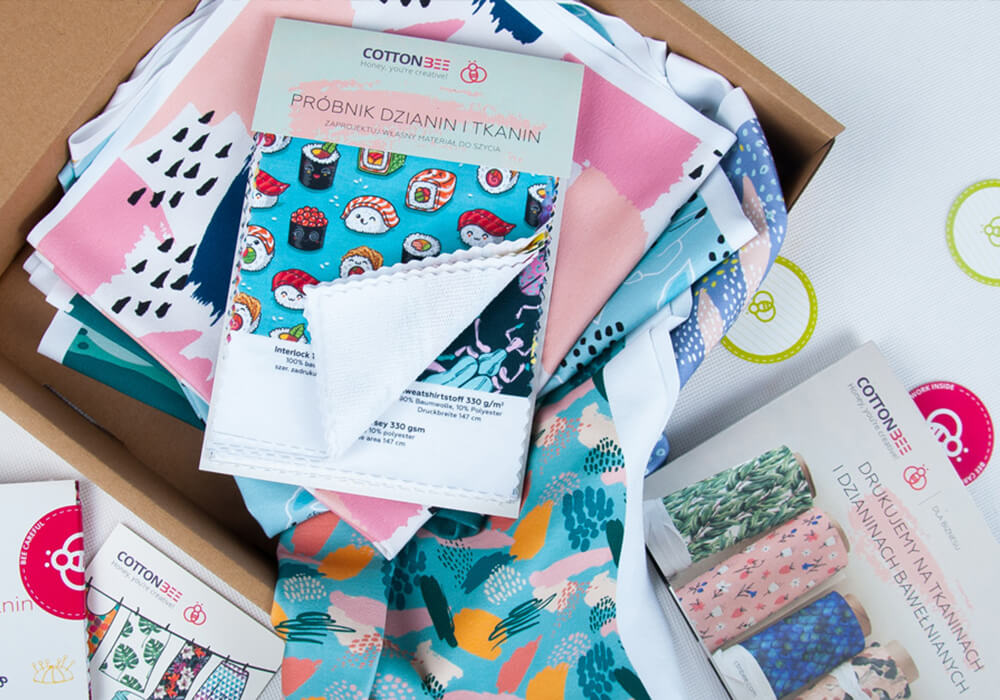
Digital fabric printing is also an appealing sector for printer manufacturers. Extending the offer of available print surfaces seems like the right move in acquiring new sources of income. In April HP launched its first dye-sublimation printers. Software manufacturer SAi, whose main focus is an all-in-one design and print software is planning of expanding Flexi so that existing print shops can easily expand to dye-sublimation on pigment printing on textile without the need of switching the software.
Fabric printing in the textile industry
The influence of developments in fabric printing on the textile industry itself cannot be denied. The benefits of fabric printing influence the fashion industry, providing innovative solutions that fashion designers and clothing brands eagerly implement in their business models. The biggest benefit for apparel producers is most definitely the ability to sell customized goods. No minimum orders allow for individuality. Small orders are highly cost-effective in pigment printing, that is why print on demand brands are growing. The possibility of buying a customized product is believed to elongate the lifecycle of garments, therefore, reducing the number of textile waste ending up in a landfill. Less waste will hopefully reduce the overall share of environmental pollution generated by the textile industry.
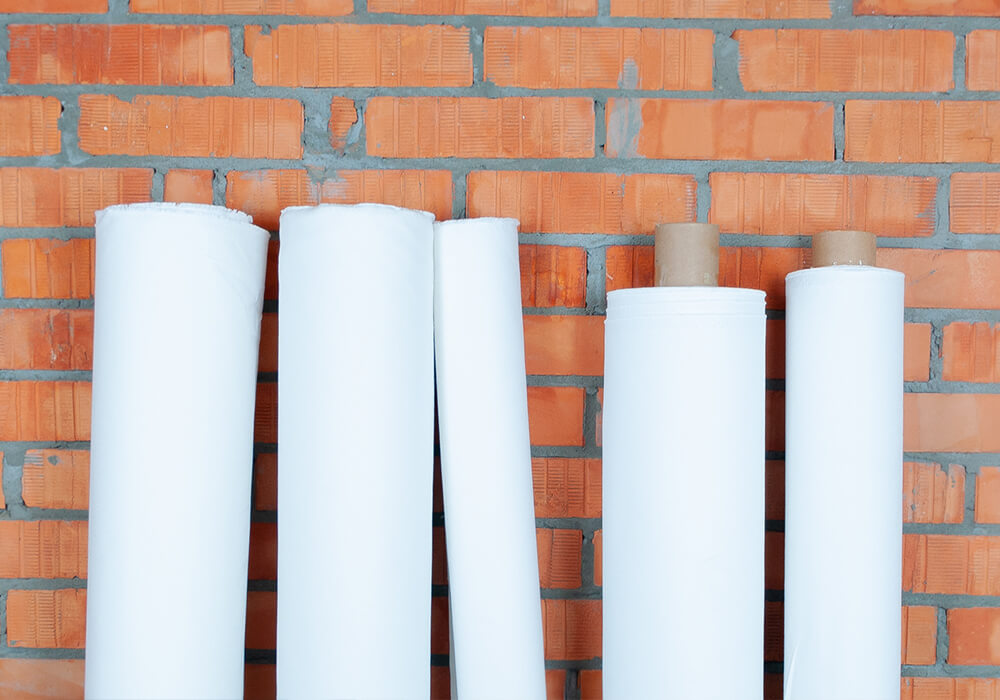
See also: Pigment ink printing on fabrics – why is it on the rise?
Out of concern for the environment
Four biggest improvements are to be made in the future of fabric printing. The print is going to be faster, less labour-intensive, less time-intensive and less water-intensive. Sustainability, with its popularity growing every year, will set the course for each and every business, no matter big or small. Brands are more than ever aware of eco-friendly practices that can be applied, such as reducing the CO2 emission and waste generation. In analogue printing, e.g. screen printing, disposal of excess dye and chemicals is a necessity. Those substances are harmful to the environment, and washing screens between prints wastes water and energy and such practices cannot be avoided in this method of printing. Digital pigment ink printing is a highly eco-friendly method of printing since during the entire process no water or chemicals harmful to the environment are used.
Quick fulfilment time
In providing services for the client digital printing is the most profitable method. By using the services of an online textile print house you can create samples and prototypes faster and cheaper so that your client can receive the final product in less time and spending less money. Digital pigment ink printing creates not only great quality prints but also uses OEKO-TEX certified cotton fabrics.
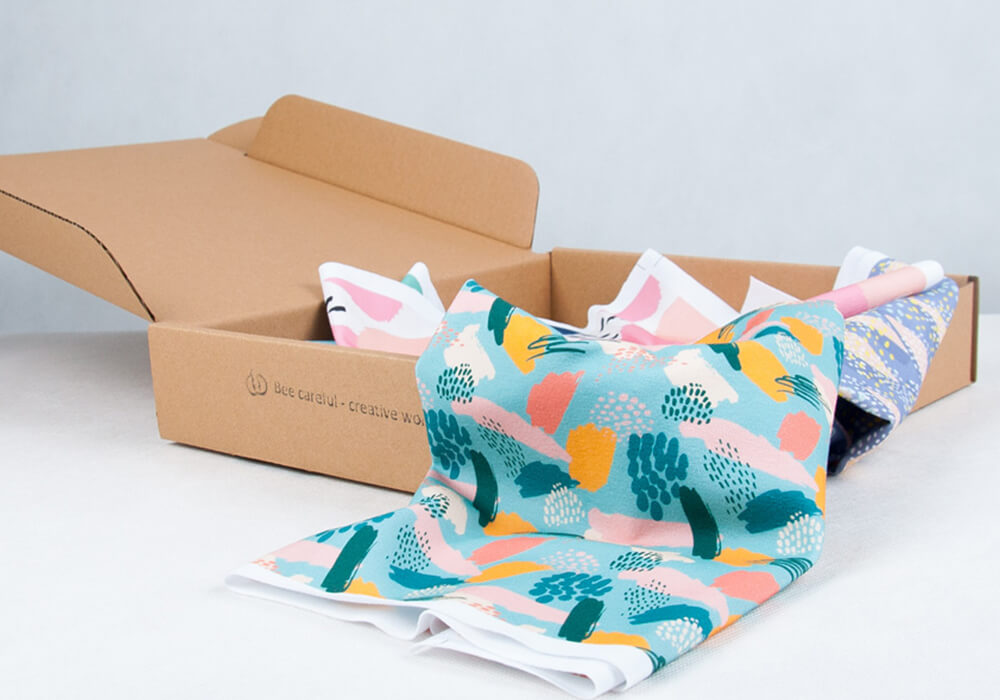
The future of fabric printing is not so easy to predict. Probably because the future is already happening – we can already see all the advantages that it provides being used on an everyday basis in the fashion and textile industry. Some solutions that just a few years back were available only for the biggest textile producers. But we can already say that pigment ink printing is the future of fabric printing. From all the currently available print methods pigment ink printing is by far the most eco-friendly one. Pigment ink printing also offers the biggest range in substrate that can be used for printing. You can have your desired pattern printed and delivered to your doorstep in just 5 business days.

